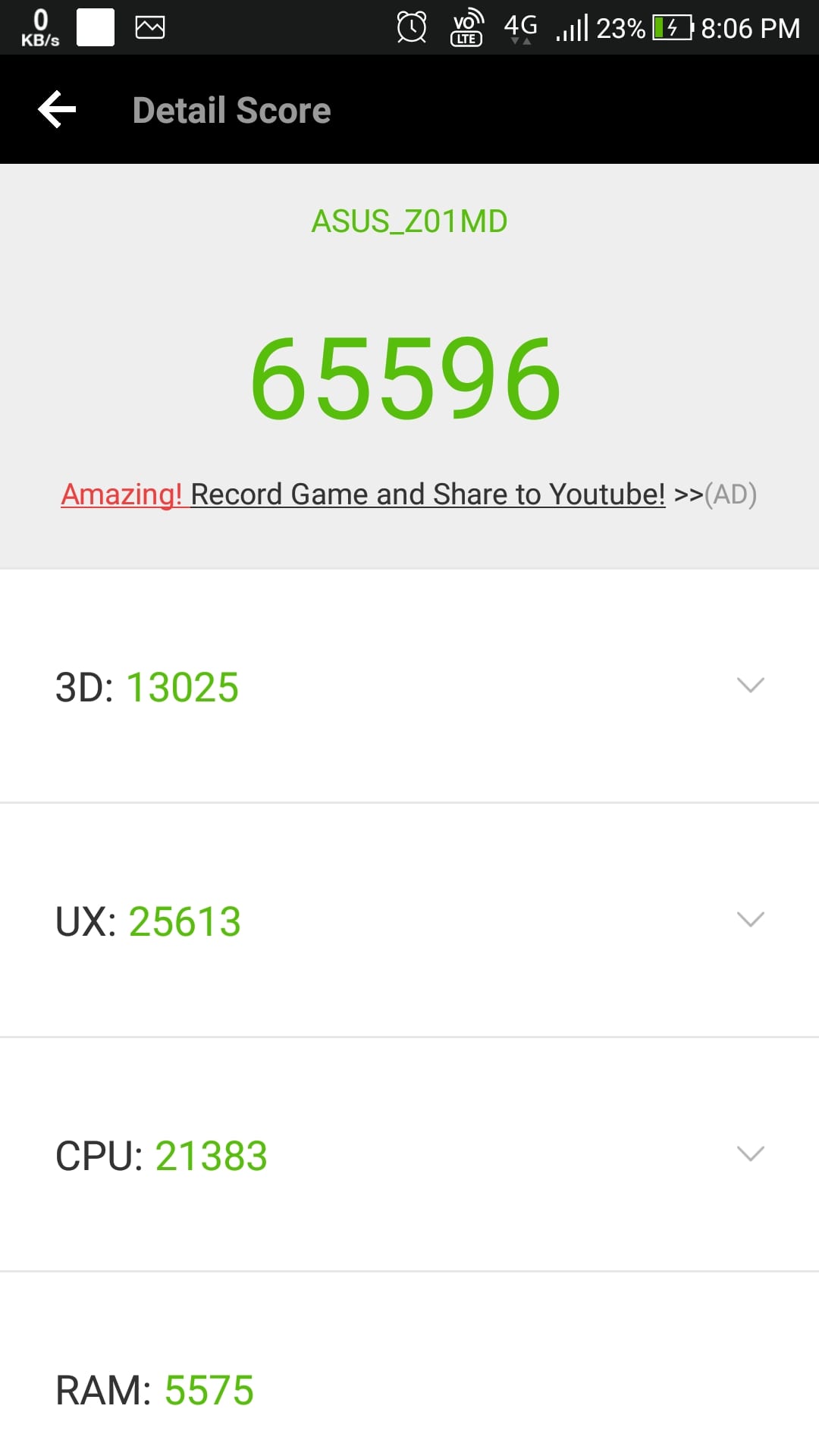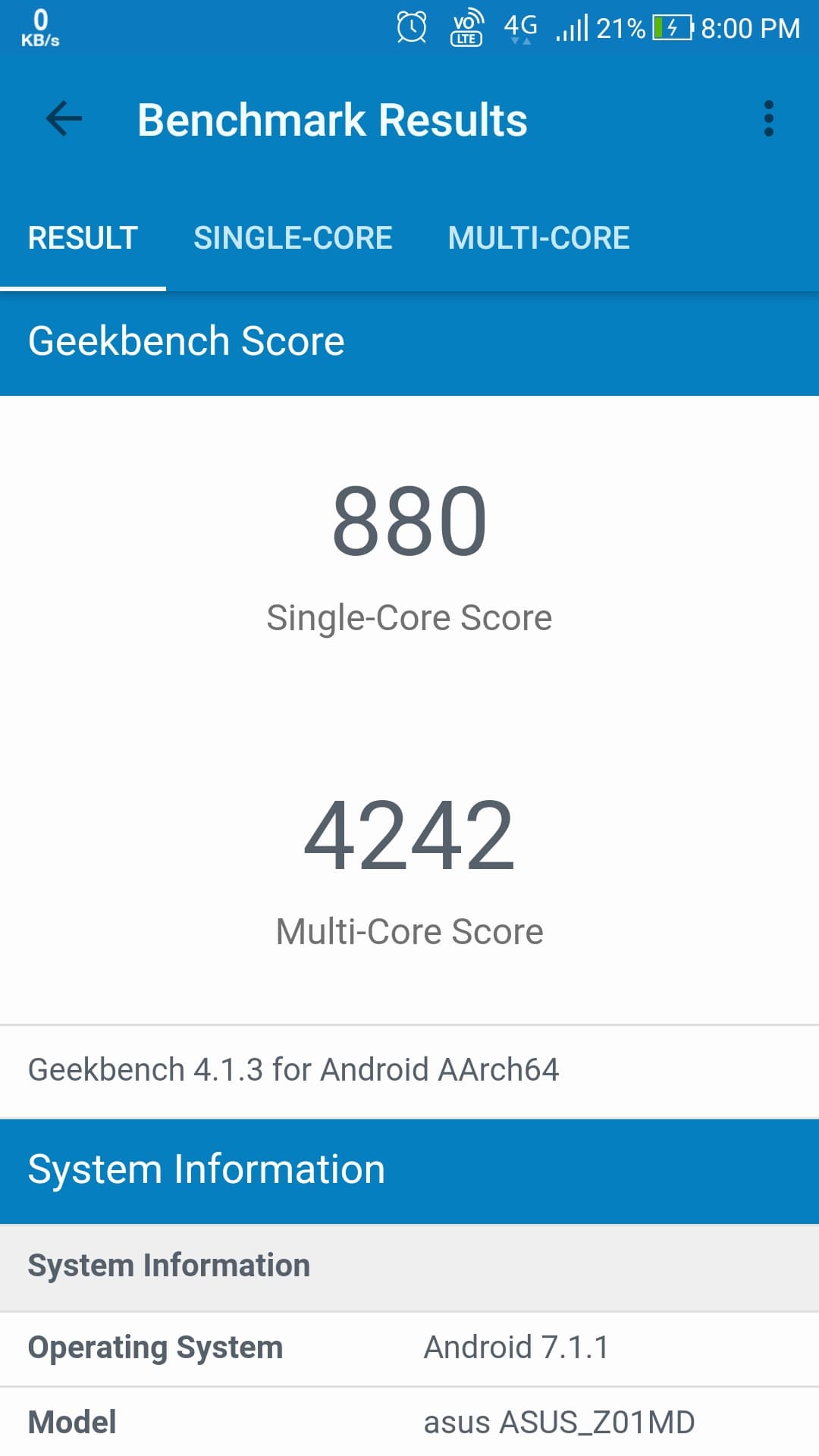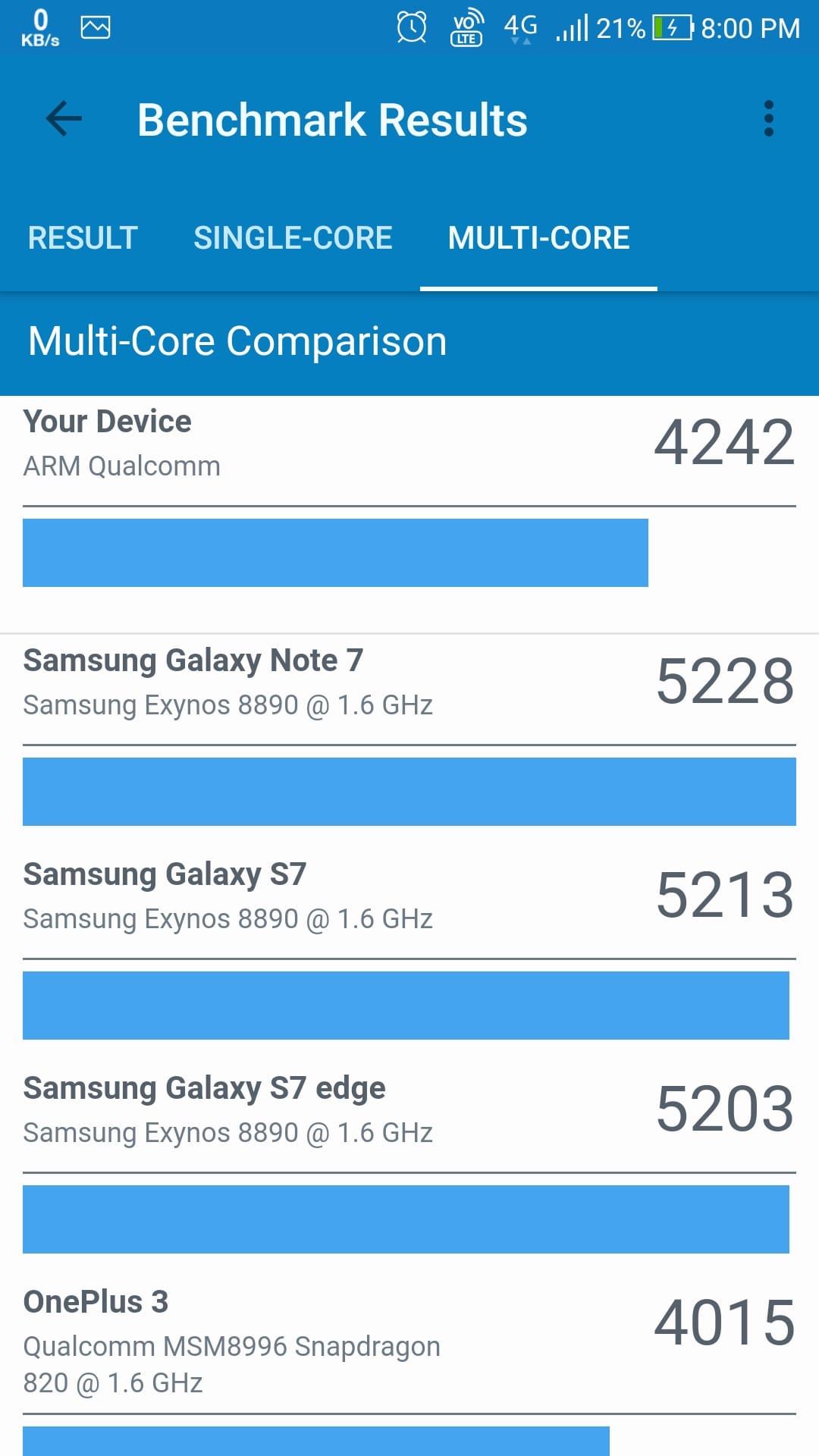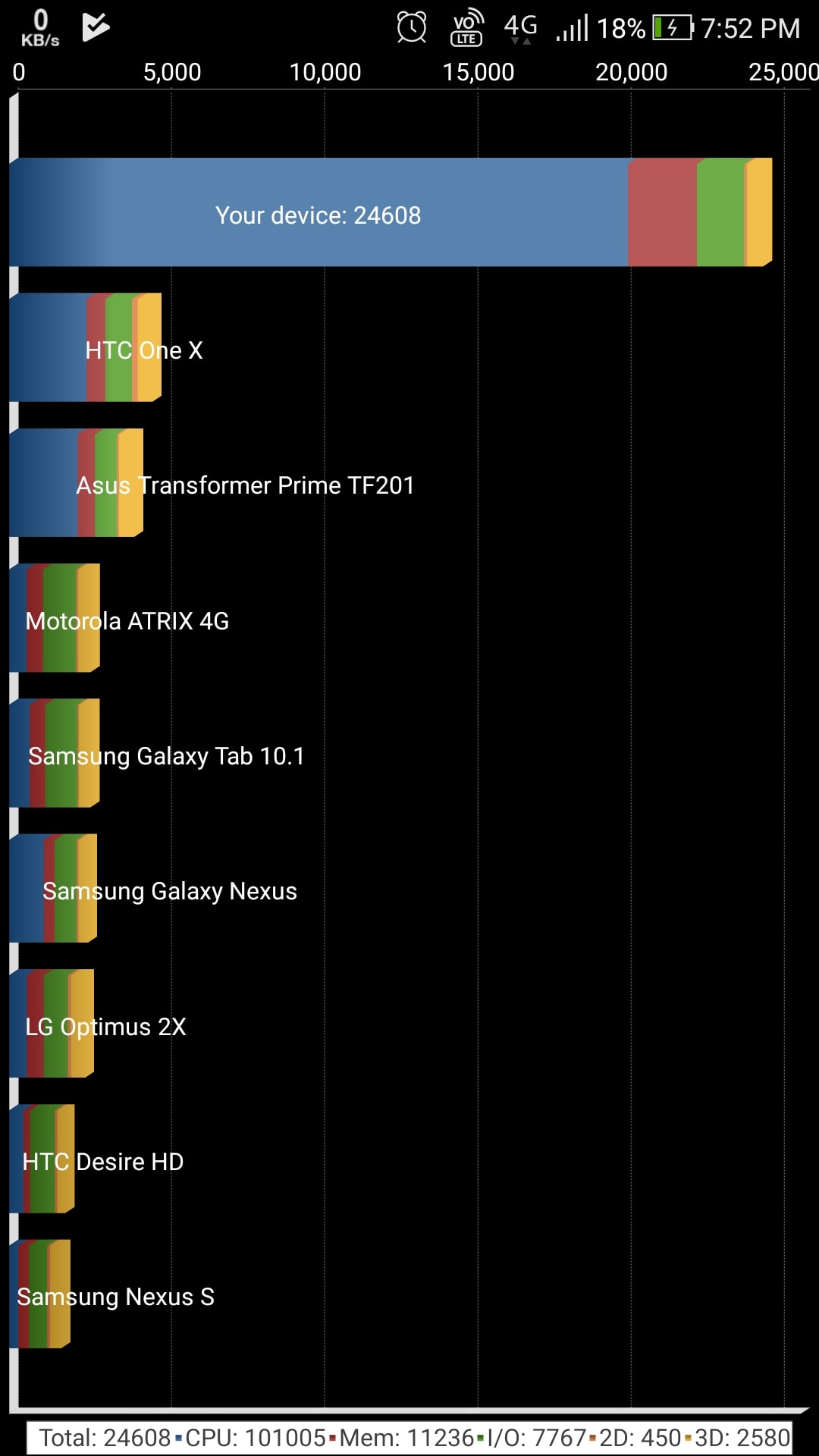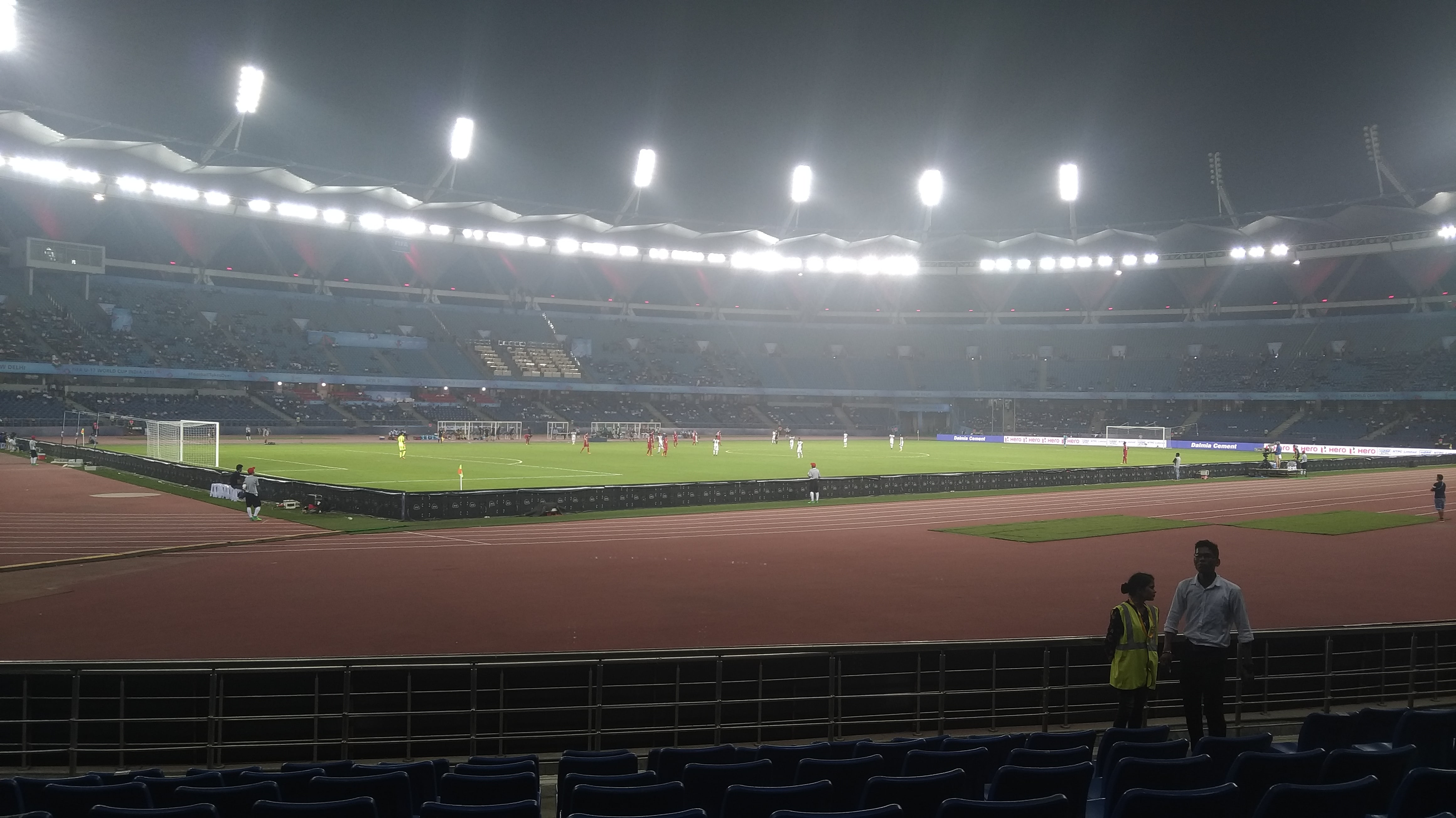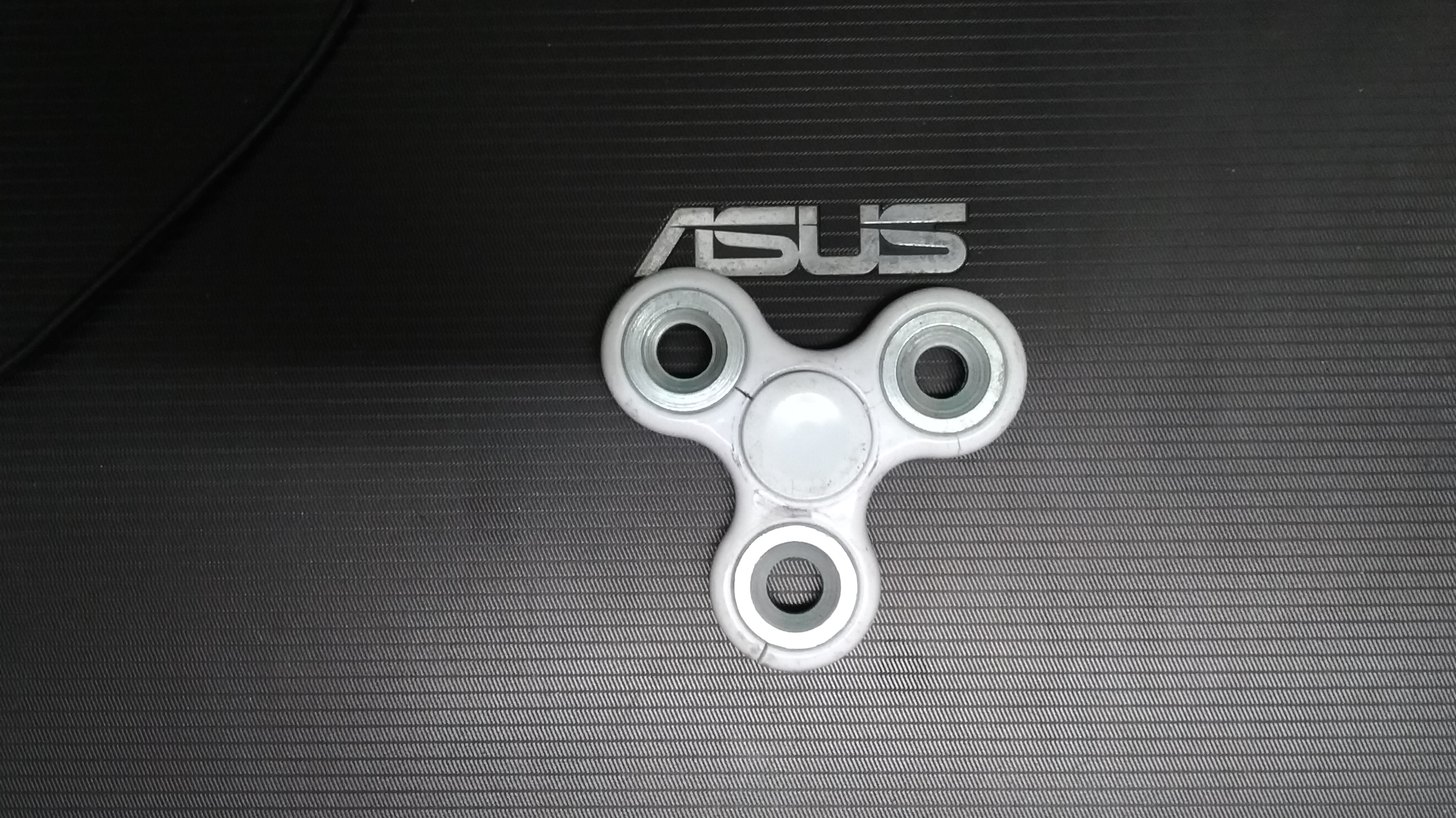The ZF4 Selfie Pro offers dual front cameras!
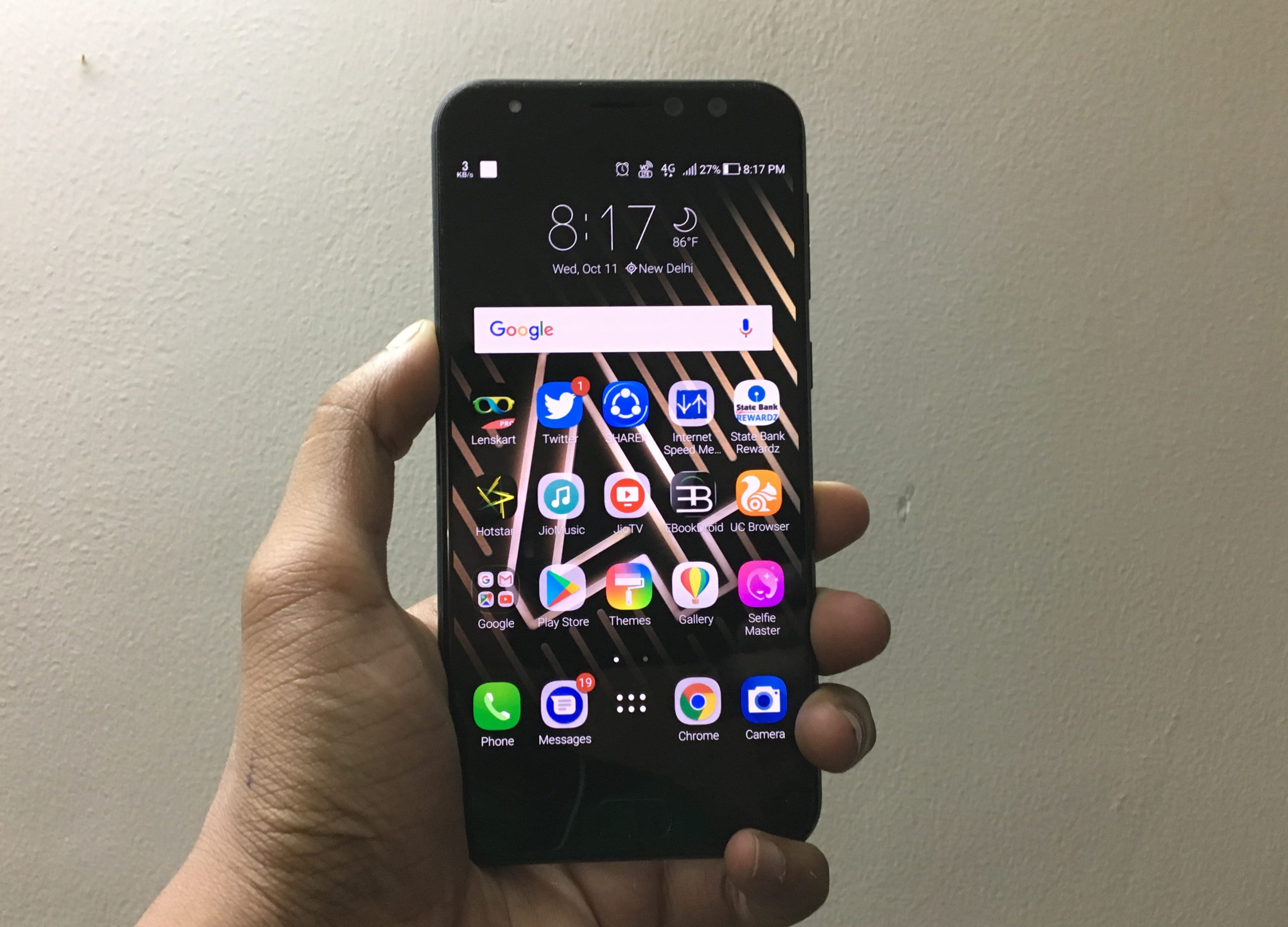 ASUS joins the dual-camera trend with its new Zenfone 4 Selfie and Selfie Pro, albeit with a pair of snappers at the front. The Selfie Pro is the higher-end of the two and sports a 24MP + 5MP setup at the front. Let’s check out how it performs and is it a worthy buy.
ASUS joins the dual-camera trend with its new Zenfone 4 Selfie and Selfie Pro, albeit with a pair of snappers at the front. The Selfie Pro is the higher-end of the two and sports a 24MP + 5MP setup at the front. Let’s check out how it performs and is it a worthy buy.
Design and Build
The ASUS Zenfone 4 Selfie Pro comes with a slim metal unibody. The design seems classy and manageable despite the 5.5-inch screen size. The edges are curved thanks to the 2.5D curved glass. The device is lighter and comfortable to use.
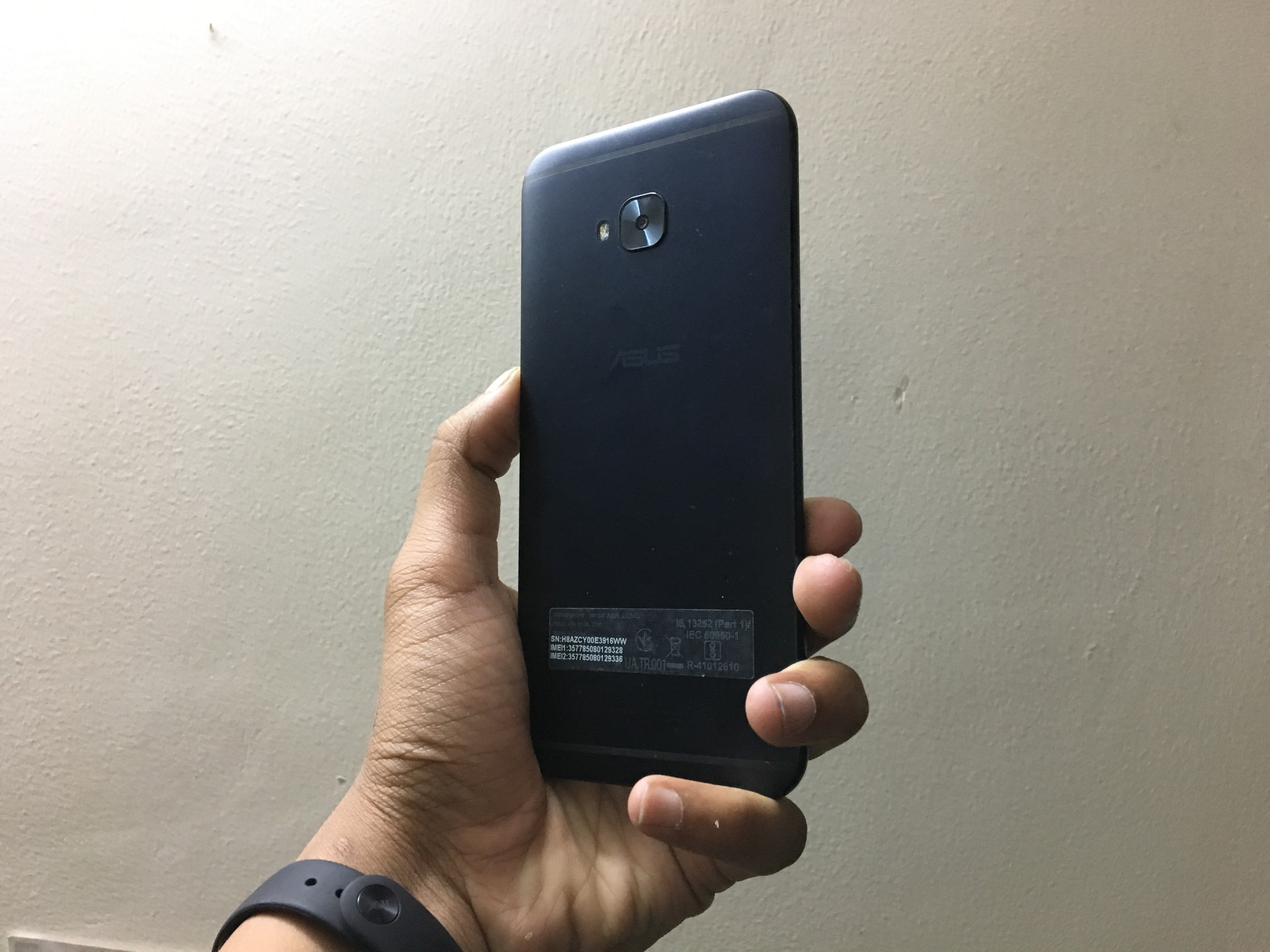 The rear panel consists primary camera along with a flash just below the antenna line and an ASUS logo at the centre of the body. The front panel has sensors and the dual camera at the top of the screen. The fingerprint sensor is placed on the home key and there are two LED backlit buttons on both sides.
The rear panel consists primary camera along with a flash just below the antenna line and an ASUS logo at the centre of the body. The front panel has sensors and the dual camera at the top of the screen. The fingerprint sensor is placed on the home key and there are two LED backlit buttons on both sides.
I really liked the build and design of the smartphone. It is handy as well as offers a sturdy build and the sleek design on the top makes it perfect.
Display
The Zenfone 4 Selfie Pro features a 5.5-inch AMOLED display with a resolution of 1,920 x 1,080 pixels. The display has good colours and saturation level. Sunlight readability is perfect and it gives a comfortable view from different angles.
Specifications
An octa-core Snapdragon 625 SoC with 4GB of RAM powers the ASUS ZenFone 4 Selfie Pro. There is 64GB of onboard storage with an expandable hybrid slot. Connectivity options are Wi-Fi b/g/n, Bluetooth 4.2, GLONASS, 4G VoLTE and USB OTG. It still lacks the Type-C port and NFC.
The smartphone runs ZenUI 4.0, which is based on Android 7.1.1 Nougat. The UI is comprehensive and cleaner than previous Zen UI’s.The UI has a fewer bloatware, but still, most of them are generally useful.
Performance
The ASUS Zenfone 4 Selfie Pro performs splendid and there was no lag in my usage. The multitasking is smooth and fast, apps runs well and switching between them is instantaneous too. The touch response is smooth and fast.
The gaming experience is pretty much enjoyable. Simple games, as well as the high-end titles like Asphalt 8, runs smoothly in it. The only issue is heating which can disrupt the gameplay.
The benchmark section is average. It scores 65596 in AnTuTu and 24608 in Quadrant Standard. The Geek-bench score was 880 in Single Core while 4242 in multi-core. The scores are lower than other smartphones with similar configuration but the usage is good.
The fingerprint sensor and 4G VoLTE works fine. The audio and video quality of the device is great and enjoyable.
Battery
The Zenfone 4 Selfie Pro houses a 3000mAh of the battery which offers 10 hours of battery life with my moderate usage. Minimal users will get more than a day life with this. The battery runtime is good but still as per the consumption by SoC and RAM, it seems a bit low.
Camera
The front panel has 24MP + 5MP dual cameras as per the specification, but the truth is the primary shooter is a 12-megapixel Sony IMX362 sensor with large 1.4micrometer pixels and an f/1.8 aperture. The 24MP is claimed as the brand uses the DuoPixel technology, which ensures that each pixel captures twice the amount of information to offer a higher resolution. This feature needs to be switched on from the camera settings.
The front camera performance is good in daylight. The captured images have a good amount of detail and colour saturation. Selfies have good colour tone and natural smoothness. Although the low-light performance is not that good. The captured images have unnatural tone on the faces.
The rear camera is of 16MP which captures good images. The images are vibrant and sharp. There are a lot of modes provided in the camera which is helpful and handy in use. Overall, the camera quality is nice but not the best.
Verdict
At price of 23,999 INR, the smartphone offers great built quality, amazing performance and display. The camera performance lags somewhere when it comes to low light. The battery life and UI are decent as well. The ASUS Zenfone 4 Selfie Pro is a great selfie camera smartphone but has its own pro and cons. Additionally, it faces a tough competition in this segment from devices such as the Samsung Galaxy C7 Pro and OnePlus 3.
